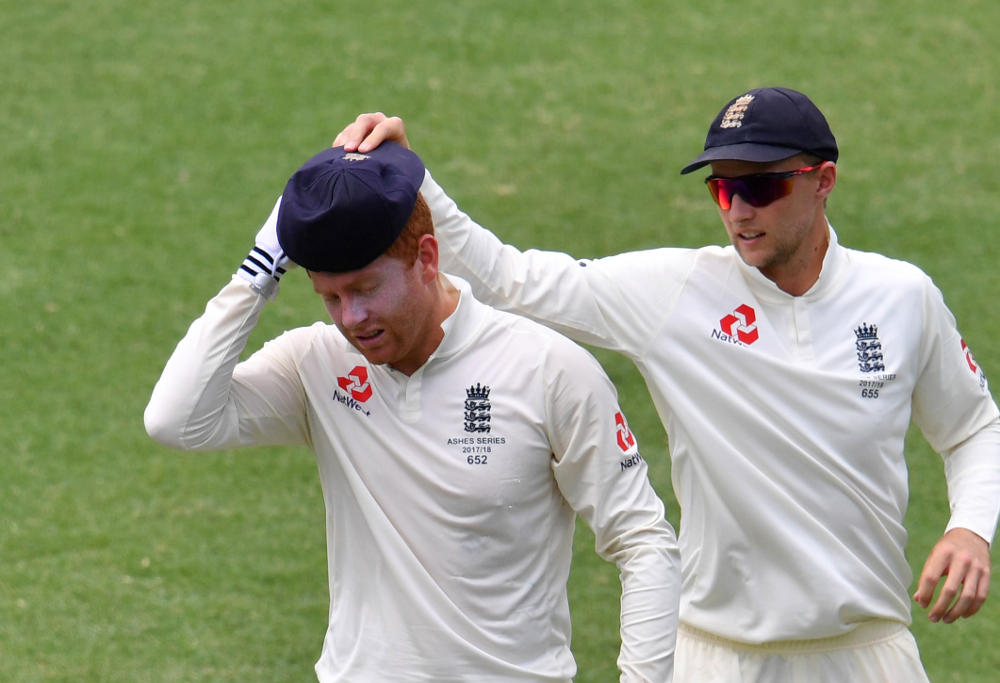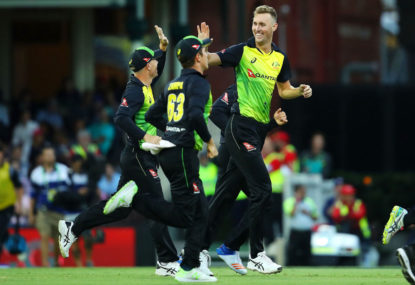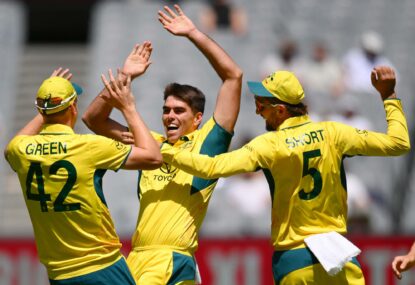A fortnight back, Adil Rashid choose not play red ball cricket for next two seasons, Alex Hales followed suit and will be focusing on playing for his county in red ball format only.
With exciting cricketers not focusing on Test cricket, it could be in danger.
With the advent of T-20 and the money and time involved, there is no doubt why it is the hottest format.
But Test cricket still is the real deal. It tests your fitness, skills, nerves, and above all, improves you as a cricketer each day. The reward for passing the test isn’t comparable, nor can the satisfaction one derives from it be replicated by anything.
After all, we are humans.
Last night Kevin Pietersen tweeted “Australia, India, England, Pakistan, South Africa will only be the nation participating in Test cricket in the next ten years. The rest will be white ball cricket.”
Indeed that looks to be the likely scenario. If the matches are one-sided or if the crowd doesn’t turn up for all five days, it is the loss of the administrator.
And in the end, you need cash back to put in any investment again.
Give what path the cricket is heading towards, it’s better to take the much-needed step before time runs out. To keep cricket exciting as a whole, better planning is needed.
Here is the last year’s schedule for different teams to see how they stacked up:
India faced Sri Lanka away and home which included six tests, eight ODIs and six T-20s.
Australia met New Zealand home and away in six ODIs in four months.
Similarly with West Indies-Pakistan and Sri Lanka-Bangladesh and Pakistan.
The question to be asked is, do you want to see a team playing each other again and again? Where is the surprise factor? Won’t the result more or less become predictable if the gap between the two sides playing isn’t long enough?
What about the crowd? Will they have the same excitement? What about the fatigue factor among players of the country who will be playing if series doesn’t have enough rest time?
Should there be a window for BBL and IPL?
Well to start with one cannot deny that the IPL and BBL monster has just become better and more or less we had players wanting to play in these leagues over their international commitments.
Just remember Sunil Narine, Kieron Pollard or Chris Gayle.
The crowd pays to watch not just good cricket but superstars as well, and WICB not picking these superstars in ODIs hurt the revenue they could be making.
Brendan Mccullum, who retired three years back is still playing T-20 leagues around the world. Couldn’t he have extended his career a year more?
Perhaps yes. But what’s gone is gone, we cannot crib much over it. It’s time we get up and work on how we schedule future tour programmes.
Firstly, a team shouldn’t play each other in bi-lateral within a year of facing each other. Perhaps a better way will be to have teams play once home and away in two years.
After a high profile series like the Ashes, did we need the ODIs? No, we saw the Australian players were just not in the same frame of mind and no doubt such series take a toll on a player mentally.

(AAP Image/Darren England)
The fresh-faced Australia team we saw in T-20 played a more exciting brand of cricket than the ODI team did.
An ODI, T-20 series makes no sense considering T-20 World Cup is still three years away and even the crowd knows ODI series aren’t the same as the Ashes. But with the next World Cup in England, perhaps fans in both countries and around the world would have been more interested in seeing how the team performs when they come to England and how their preparation stacks up leading into the World Cup.
So more home series for the World Cup hosts a year before could be a thing.
Similarly, it’s an unsaid fact that IPL needs a separate window. It’s better to realise that or crack a deal to reduce the window of that tournament and have a 15-day gap before any international matches.
Also, an overdose of T-20 cricket around a T-20 league makes that monotonous. Perhaps a slight break could rejuvenate the crowd.
In 2017, after India did well in a home season of Tests, the viewership of IPL grew more than in 2016, when there was a T-20 WC before the tournament started and India played three T-20s against Australia, Asia Cup T-20 before heading into World Cup.
It did help the preparation of the team as India went onto the semis of the World Cup. But IPL straightway after the World Cup was like biting more than one can chew. And it is the reason the viewership for IPL dipped in 2016.
A better time would have been months later.
Just smart thinking like that in advance and avoiding teams playing each other too often in four years will help the game. Of course, monetary gains won’t be as much, but as cricket lovers, we would want to watch exciting cricket, and anyone would be willing to pay for it.
Even pitches have some role to play in keeping up the excitement. No one would pay to watch a dull draw like one between England and Australia at MCG in recently concluded Ashes. A fair contest between bat and ball happens and for that groundsman need time to make an excellent surface.
The ICC, cricket board and players need to be on the same page for cricket to stay alive, and sooner rather than later the damage repair work should begin.






































































































